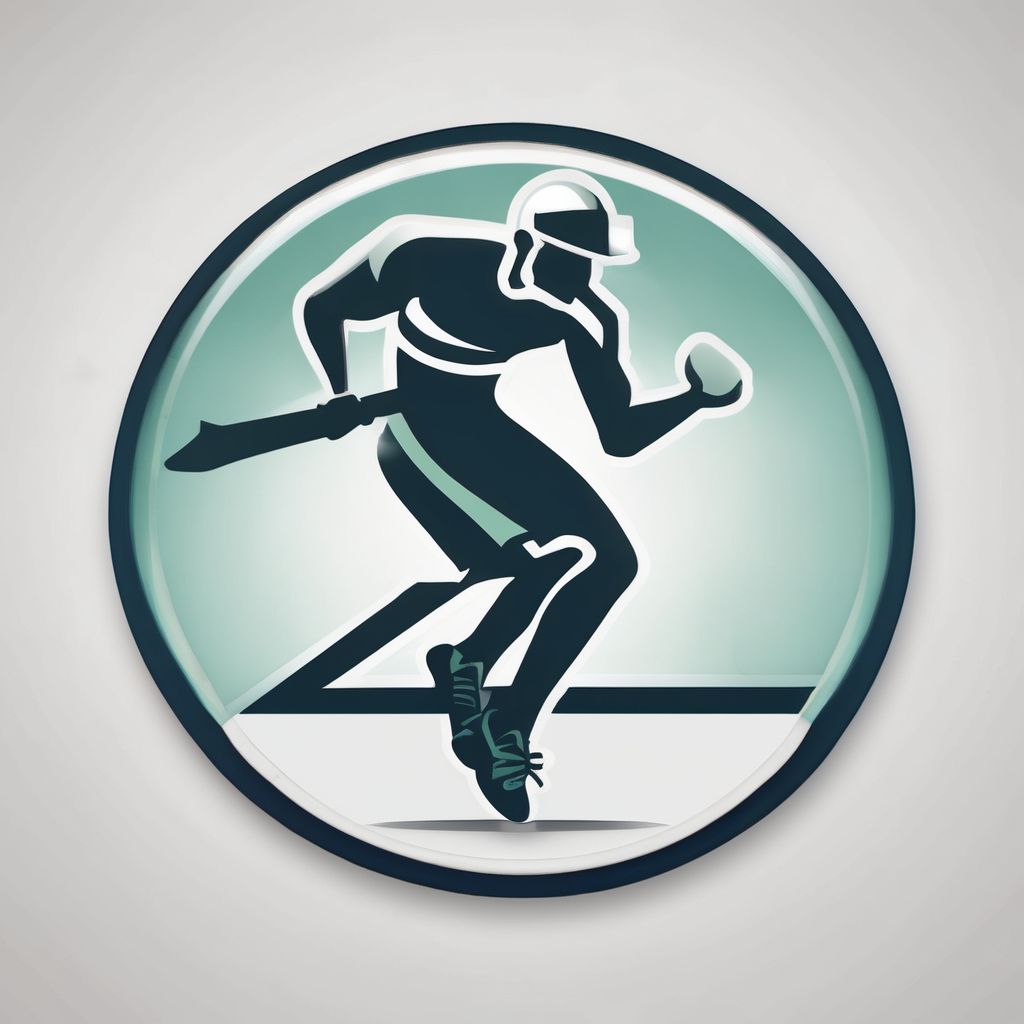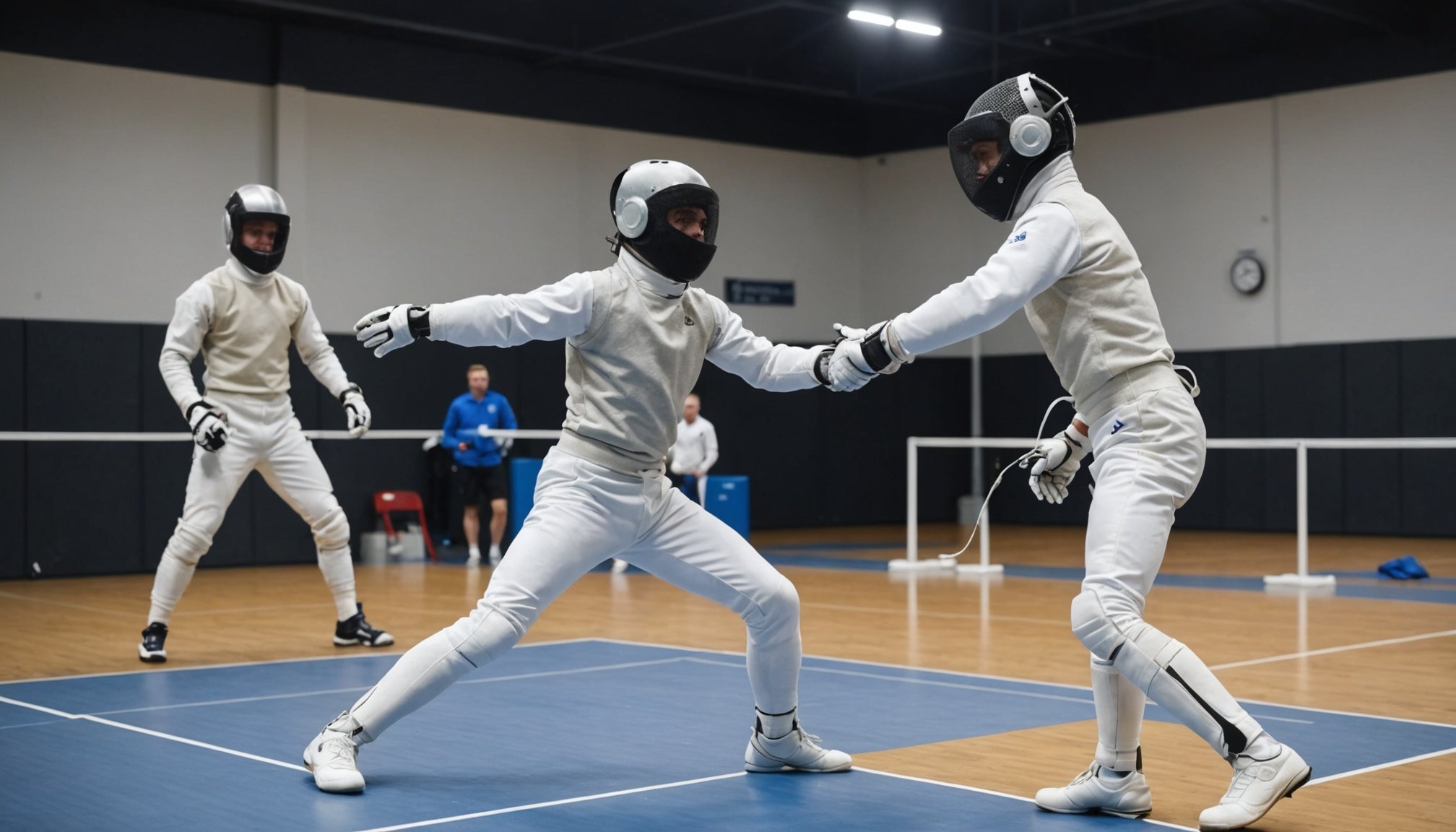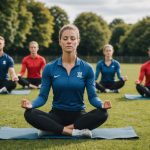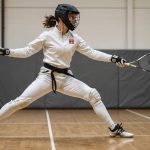Understanding Biomechanical Analysis in Fencing
Biomechanical analysis is a scientific approach used to study the movements and forces exerted by athletes, aiming to enhance their performance. This method delves deep into the mechanics of sports, providing detailed insights into how specific techniques can be refined for optimal efficiency. In the realm of fencing, biomechanical analysis offers a unique opportunity to optimize fencing techniques.
Fencing is a sport that relies heavily on precision and agility. Through biomechanical analysis, coaches and athletes can better understand how the body’s movements impact performance. For instance, this analysis can reveal the most efficient stance or strike angle, helping fencers to enhance their skills. By adjusting these elements based on biomechanical insights, performance optimization is achieved.
Also to see : Optimizing Training for UK Female Kickboxers: Tailored Strategies Aligned with Menstrual Health
Current research highlights the pivotal role of biomechanics in fencing. Studies have shown that even minor adjustments suggested by biomechanical assessments can significantly improve an athlete’s results. By adopting these findings, fencers can gain a competitive edge, refining their techniques for superior outcomes.
Understanding and integrating biomechanical analysis into training regimes is crucial for athletes aiming for excellence in fencing. By aligning their movements with the principles derived from biomechanics, they can maximize efficiency and elevate their game to new heights.
Also read : Empowering uk judo athletes: proven tactical approaches for match preparation success
Benefits of Biomechanical Analysis for UK Fencers
Biomechanical analysis offers significant advantages for fencers, particularly in terms of performance enhancement. By scrutinising movements through advanced techniques, fencers can refine their actions to be more efficient and effective. This precision aids in executing techniques with minimal energy expenditure, fostering both improved technique and movement efficiency.
Moreover, one of the standout benefits of biomechanics is its role in injury prevention. Through detailed study, coaches can identify potential risk factors that may lead to injury. Armed with this knowledge, they can tailor training benefits that focus on strengthening vulnerable areas and ensuring technique correction, thus reducing the likelihood of injuries. Additionally, biomechanical insights assist in devising recovery strategies by understanding the mechanics of injured tissues and joints, facilitating a faster and safer return to sport.
For tangible insights, biomechanical analysis offers enhanced performance measurement tools. These tools provide fencers with precise feedback on their actions, allowing for data-driven decisions in training. By understanding the nuances of their performance metrics, athletes can adapt their training regimens to address weaknesses and optimise strengths. Consequently, the integration of biomechanics into training regimes presents fencers with a robust framework for performance improvement and injury management.
Methods of Implementing Biomechanical Analysis
Delving into the world of biomechanical analysis, one can explore a myriad of techniques that enhance training implementation and data collection. These methods are pivotal in understanding and improving human performance.
Video Analysis Techniques
At the forefront of analysis techniques is video analysis. It allows for the detailed examination of human movement through slow-motion replay, aiding in the identification of intricacies in an individual’s form. Coaches can dissect each movement, providing immediate and visual feedback to athletes. This technique not only supports performance improvements but also mitigates the risk of injury by spotting errors early.
Motion Capture Technology
Next, motion capture technology stands as a sophisticated tool in biomechanical analysis. By digitally recording the movement paths of markers placed on the body, it provides an accurate, 3D model of human movement. Such precise data collection helps in refining techniques, making it invaluable for professionals aiming for peak performance.
Force Plates and Sensors
Lastly, force plates and sensors are integral to understanding force dynamics. These devices measure the intensity and distribution of force applied by athletes during activities, offering insights into strength and balance. By integrating these data collection methods into training regimens, trainers can customize programs to maximize efficiency and safety, ensuring athletes achieve their full potential.
Case Studies of Biomechanical Analysis in UK Fencing
Biomechanical analysis is not just about gathering data—it’s a transformative tool for athlete performance. In a series of insightful case studies, several UK fencers have seen tremendous improvements following applied biomechanics interventions. For instance, one notable athlete, who was struggling with lunge speed, engaged in a detailed motion analysis. The intervention revealed subtle inefficiencies in movement technique, which were then addressed through targeted training. As a result, their reaction time and precision improved significantly, making them more competitive in international events.
These data-driven results are not anomalous. Another fencer facing repetitive strain injuries was studied, leading to optimized training loads and rest periods, vastly reducing injury recurrence. Such examples underscore the tangible benefits of biomechanical insights. Key takeaways from these case studies include the critical importance of personalized coaching driven by precise data and the necessity for athletes to be open to adapting techniques based on empirical evidence.
Lessons learned emphasize a sustained, disciplined approach to incorporating biomechanics into training regimes. As these instances show, with applied biomechanics, athletes can unlock new levels of potential, turning insights into enhanced performance on the piste.
Practical Tips for Coaches and Athletes
Incorporating biomechanical analysis into training plans can significantly enhance athlete performance. This involves examining an athlete’s movement to identify inefficiencies and potential injury risks. By using video and sensor technology, coaches can gather detailed data on an athlete’s posture, form, and motion dynamics. Training tips suggest starting with a basic assessment, then gradually integrating more advanced tools as you become comfortable with the analysis.
To measure and analyse athlete performance effectively, coaches should focus on coaching strategies that include collecting data consistently and reviewing it regularly. This means setting benchmarks for athletes and using metrics such as speed, agility, and endurance to track progress. Regular feedback sessions are critical, allowing athletes to understand their performance metrics and how they align with their goals.
For those eager to deepen their understanding, ongoing education in biomechanics is vital for both coaches and athletes. Participating in workshops, attending conferences, and pursuing certifications can keep you updated with the latest advancements. Embracing these educational opportunities not only enhances your expertise but also builds credibility. Athletes thrive under the guidance of informed coaches who leverage modern analysis techniques, directly contributing to their development and overall success.
Expert Opinions and Future Trends
The evolving landscape of fencing is being profoundly influenced by expert insights. Sports scientists are increasingly examining the future of fencing through the lens of biomechanics trends, revealing complex interplays between human ability and technological advancement.
Interviews with Sports Scientists
Recent interviews with sports scientists highlight how biomechanics is transforming athletic training. These experts underline that the integration of data analytics and movement pattern analysis is enhancing precision in athlete performance. By dissecting movement in detail, coaches and athletes can pinpoint inefficiencies and craft tailored improvement strategies.
Emerging Technologies in Biomechanics
The future of fencing is being shaped by emerging technologies in biomechanics. Advanced wearable sensors and motion capture systems provide precise data on athlete posture and dynamics. These technologies turn real-time feedback into actionable insights, helping athletes optimise each movement. The implementation of these tools is enhancing overall training efficiency, promising significant performance gains.
Predictions for the Future of Fencing Training
Experts predict that biomechanics will continue to play a critical role, revolutionising fencing training methods. Anticipated advancements in technology could lead to more bespoke training regimens, utilising virtual reality and AI-based coaching. Such innovations promise to refine technique and improve competitive outcomes, particularly in UK fencing where performance enhancement remains a strategic focus.





